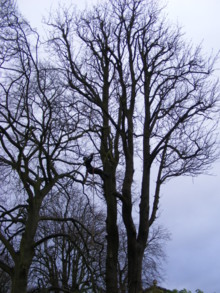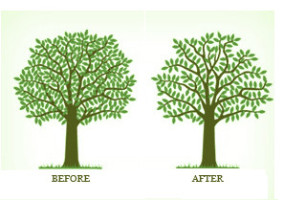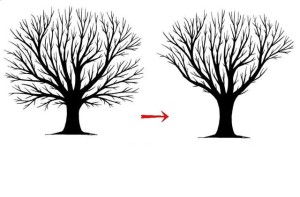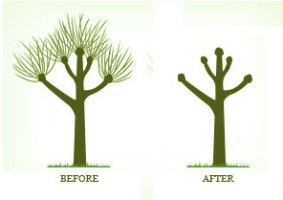More info on the sort of tree surgery we do.....
Felling
The complete removal of a tree down to ground level. This work often involves the controlled lowering of branches and timber so as not to cause damage or destruction to surrounding plants and structures. The stump will be left as close to the ground as possible but will be above soil level.
Crown Thinning
This tree surgery involves the removal of a proportion of branches (usually expressed as a percentage) throughout the crown to produce an even branch structure without altering the overall size
or profile of the tree. A crown clean would usually accompany this activity. It’s a great way to improve light penetration which reduces shade and it also reduces the sail effect of the crown and the
wind loading upon the limbs of the tree
Crown Raising
This involves the removal of lower branches to increase the clearance above ground level. This doesn’t usually include the removal of large branches growing directly from the trunk as this causes
large wounds which may jeopardise the long term future of the tree.
This activity is usually undertaken to increase light, provide access around the tree or prevent obstruction for vehicles using the highway. In the U.K. common practice dictates clearance
for vehicles is 5.2 metres (~17 feet), and for pedestrians 2.5m (~8 feet).
Crown Cleaning
Crown cleaning is generally considered good housekeeping. We remove dead and dying branches, weak, suppressed and diseased wood, branches that cross and rub in addition
to split and broken limbs. We would also look to remove any smaller epicormic growth (small shoots emanating from the main trunk and stems) from the crown.
This is another great way to improve the aesthetics of a tree without any invasive or potentially harmful cuts. If the tree does have epicormic growth, it will also have a positive effect on the light penetration throughout the canopy.
Crown Reduction
Crown reduction is used to reduce the height and/or spread of the crown of a tree by the removal of the ends of branches whilst maintaining the tree’s natural shape as far as practicable. The process often involves drop crotching. This is the shortening branches by pruning of the end back to a lateral branch which is at least 1/3 of the diameter of the removed branch. The maximum recommended reduction is normally 25% to avoid stress to the tree.
This is often used to control a trees size perhaps to clear a building or reduce weight on trees with identified weaknesses. It’s worth noting that this will promote epicormic growth and remedial work will be required every 5-7 years.
Pollarding
This tree surgery is a traditional form of management and it should not generally be carried out unless a tree has previously been pollarded.
Pollarded trees usually require regular treatment of re-growth.





